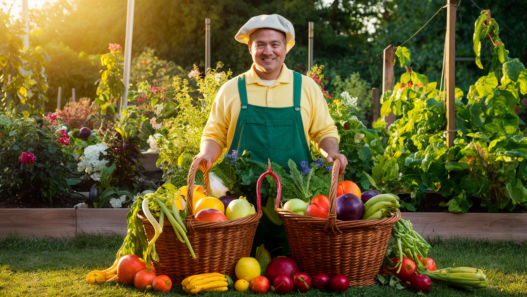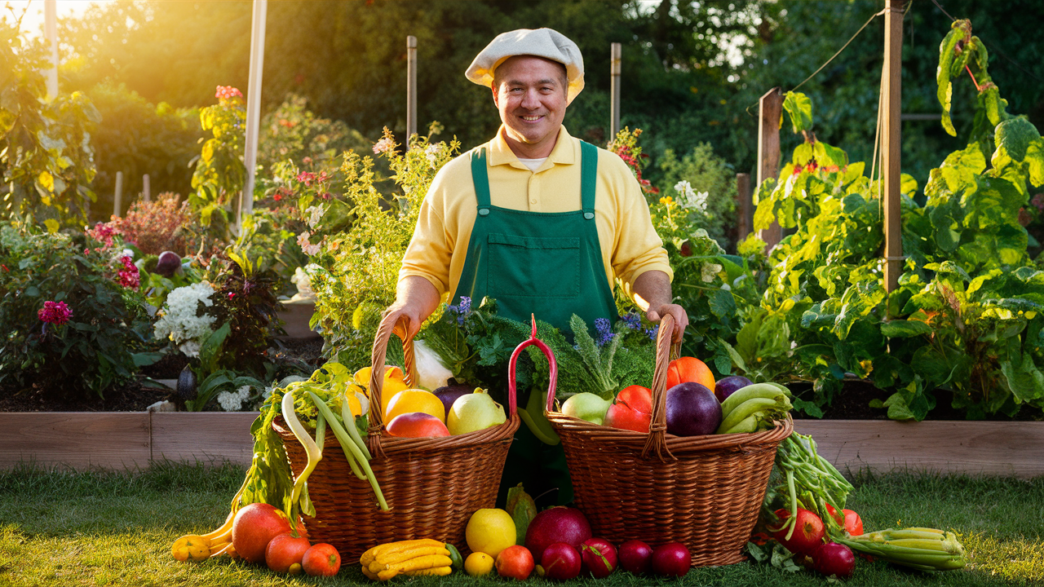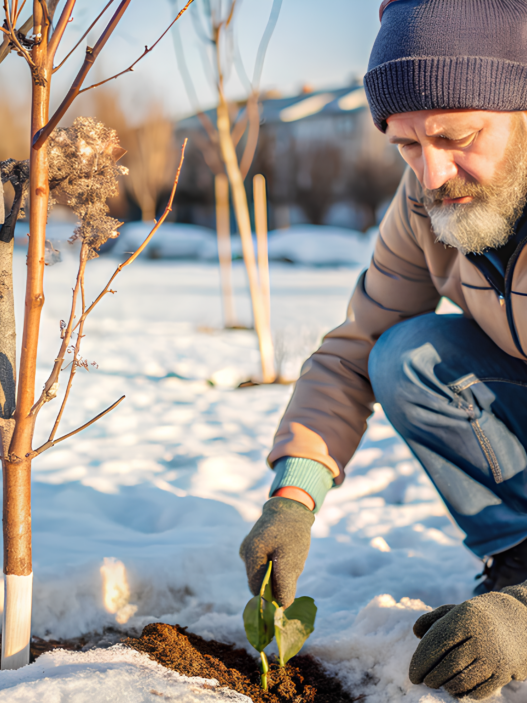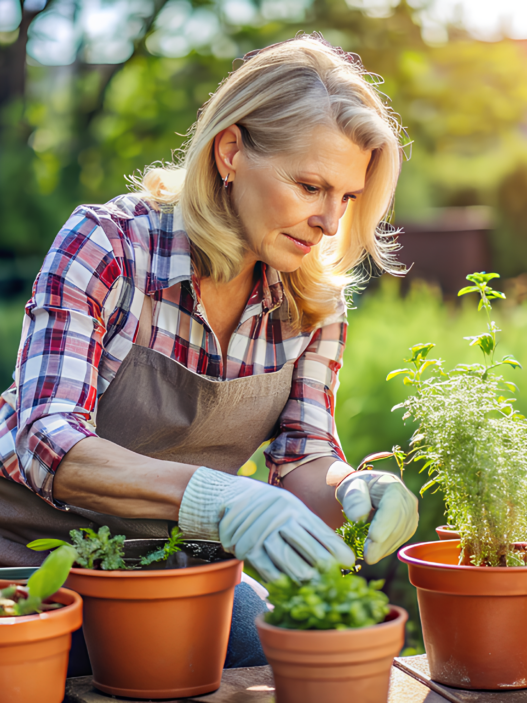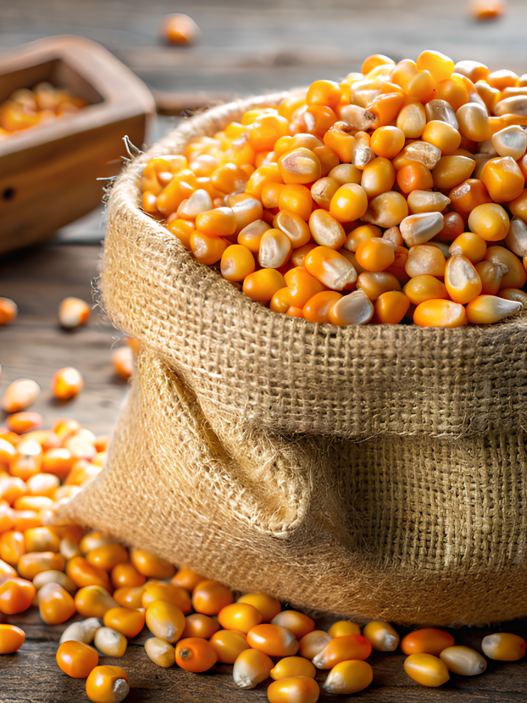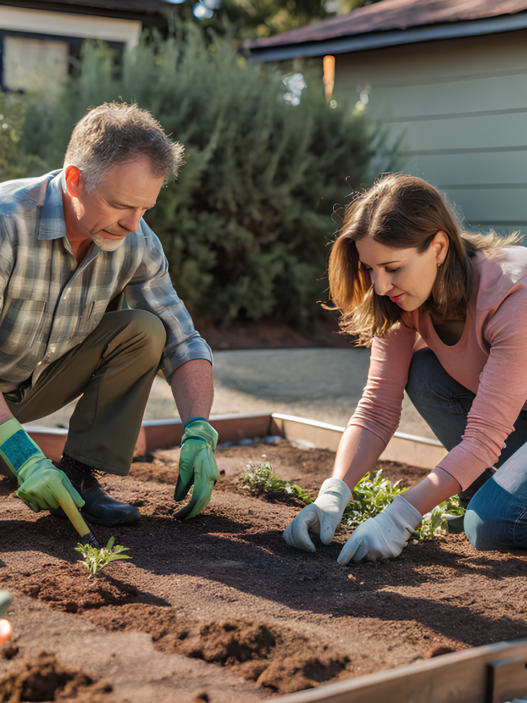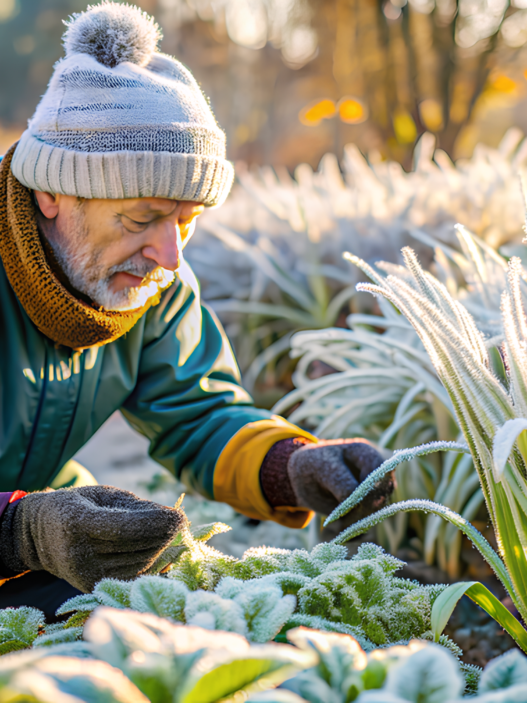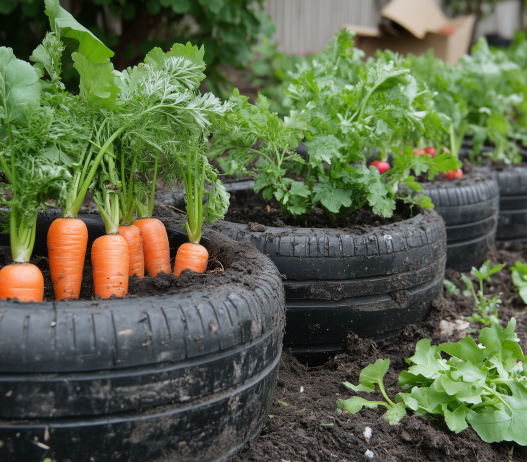Fall is the best time for gardeners in Arkansas. Those who are no strangers to the scorching heat of summer know how beautiful fall is with its cooler temperatures, and how nice it is to start planning your fall garden in Arkansas right now. It’s a bountiful time when there are fewer pests and a variety of crops grow well this time of year. And for us, fall gardening becomes not only easier but also more productive.
In this article, I will try to cover everything you need to know to have a bountiful harvest in your Arkansas fall garden. There will be everything from choosing the right crops to tips on preparing the soil and maximizing your harvest during the cooler months. We’ll cover all the basics.
Why fall is the best time to garden in Arkansas

Fall is kind of like a second chance we get from nature. Summer heat brings different difficulties and problems, while fall brings relief to gardeners.
So why is fall so good for gardening? First of all, the soil is still retaining heat from the summer heat, and this gives seeds a chance to germinate faster. Plus, the shorter days and cooler nights keep plants from moving into bloom as quickly, which in turn gives more time to grow.
Pests aren’t as active this time of year, such as aphids and caterpillars, and this makes it much easier to tackle a fall garden in Arkansas without constantly battling insect infestations.
Step 1. Choosing the right crops for a fall garden in Arkansas

It’s a good time to talk about what crops are worth planting in your fall garden in Arkansas. Fall is characterized by growing vegetables that don’t do well in the heat of summer. I’ll take the liberty of recommending some great crop options that do well in the mild Arkansas fall climate:
Leafy vegetables
Leafy vegetables, For example, lettuce, spinach, kale, and chard – will do well in the fall garden. They grow quickly and can tolerate light frosts, which is essential for the sudden nights in Arkansas when temperatures drop a little lower than expected.
Root crops
Carrots, radishes, beets and turnips love cool soil. The most important thing here is proper timing. Be sure to make sure you plant them early enough so that they have time to mature before the first hard frost.
Brassicas
Broccoli, cauliflower, and Brussels sprouts grow wonderfully in cooler weather. Moreover, after light frosts, their flavor may even improve. So these types of cabbage will fit perfectly into your Arkansas fall garden.
Garlic and onions
It is in the fall that Arkansas gardeners love to plant garlic and onions. All because they overwinter well and produce a bountiful harvest in the spring. So it’s a long-term investment and it’s proven to work well.
Helpful Tip. When planning your fall vegetable garden, don’t forget that there are plants that grow well next to each other. For example, planting garlic next to leafy vegetables will help deter pests, which will be good for your harvest.
Step 2. Timing is an important factor. When to plant a fall vegetable garden in Arkansas

Choosing the right time to plant is the most important part of planning fall garden in Arkansas. You have to think thoroughly about how to plant early enough to allow the plants to mature before the first frost, but at the same time, not too early that they will wilt due to the remaining summer heat.
Approximate planting schedule:
Late July to early August. This is the time to start planting seedlings for the fall garden, especially for crops like broccoli and cauliflower, which take time to grow.
Mid to late August. During this period, you should transplant seedlings into the open ground. You can also sow seeds for root and leafy vegetables directly into the soil.
September.In this month, you should continue planting fast-growing crops such as spinach, lettuce and radishes.
Helpful Tip. Use a soil thermometer. It is very important to monitor its temperature before planting. It should be at least 18°C (65°F) for most cool-season crops.
Step 3. Soil Preparation

Now that we have a planting schedule, it’s time to learn all about soil preparation. The difference between fall gardening and spring gardening is that the soil can get “tired” over the summer. That’s where it’s time to take care of the soil and trust me, your fall garden in Arkansas will give you a bountiful harvest.
Soil preparation steps:
- Remove summer crop residue. Remove the remains of summer crops, including weeds, so fall crops will take well.
- Soil enrichment. Add organic matter, such as compost or over-ripe manure, to replenish soil nutrients that were used up during the summer.
- Mulching. Mulching helps retain moisture and protects plant roots from unexpected cold weather. You can try using straw or shredded leaves as a natural mulch.
- Deep watering. Don’t forget to water your garden well before planting. Fall can typically be dry, so plants need extra moisture in the initial stages.
Step 4. How to extend the growing season in the fall

If you use a few simple methods, an Arkansas fall garden has a much better chance of extending the growing season. This gives you the opportunity to enjoy your vegetables for a long time.
Use ag fiber
Ag fiber comes in handy when temperatures suddenly drop. The lightweight fabrics create a protective covering for the plants, shielding them from frost while letting sunlight through.
Greenhouses
If you have the desire, consider building a greenhouse. This will allow your plants to continue growing even when there is a frost.
Sequential planting
To extend your harvest all season long, use sequential planting instead of planting everything at once. This ensures that when one crop runs out, another will be ready to take its place
Step 5. Recommended tools and supplies

When planning a fall garden in Arkansas, the right tools are crucial. Here are a few of my favorite tools and supplies from Amazon that help me tremendously each year to keep my garden viable:
- Soil loosening rake. This tool is great for loosening compacted soil and preparing it for planting.
- Heavy-duty coverings. These lightweight covers will protect your crops from frost and pests…
- Soil Thermometer. Well, you just can’t do without thermometers, as it’s always important to make sure you’re planting at the right time by monitoring the soil temperature.
Ready for planting
There you have it, a step-by-step guide to creating a working fall garden in Arkansas. By choosing the right crops, planting them at the right time, and taking care of the soil, you can have a bountiful fall harvest. You can do it all.
Maybe you have tips for fall gardening in Arkansas? Or perhaps favorite crops you like to grow? Let’s talk about it in the comments below.
I’d love to hear about your gardening adventures and any tricks you’ve applied to your plot.
Have fun planting!
